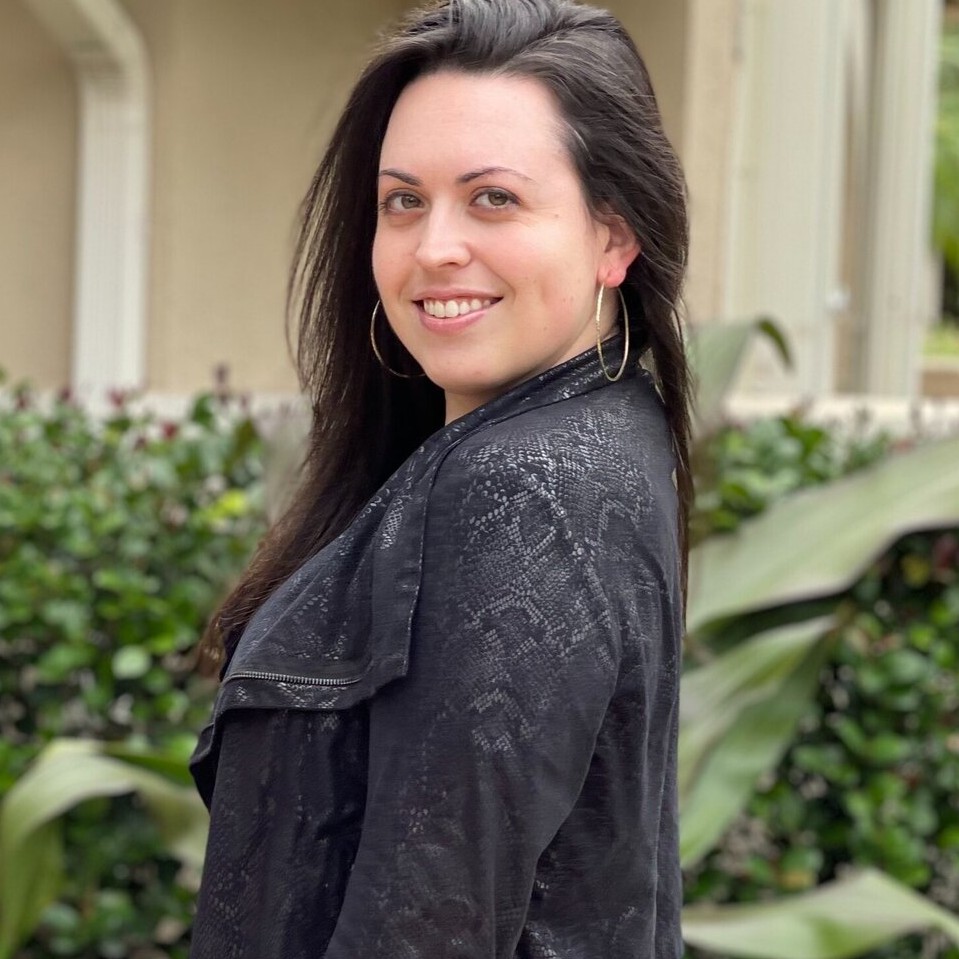
Nineteen-sixty-nine. The year is indelible on the American psyche. It's the year Neil Armstrong and Buzz Aldrin landed on the moon, taking "one small step for man, one giant leap for mankind." Millennials read about it in textbooks; their parents watched it on TV screens; the world celebrated. It would take half a century for womankind to have a milestone year like that. Although NASA has been male dominated since its inception, 2019 was the year of the female astronaut.
Last March, the world watched as astronaut Christina Koch launched into space. While she wasn’t the first or the fifth or even the 10th woman to do so, she would become a record breaker. Koch was set to conduct the first all-female spacewalk with fellow astronaut Anne McClain in the spring. But then—plot twist!—it was cancelled, due to a lack of proper spacesuit size available for McClain. The internet exploded with conversations about inclusivity in the space program.
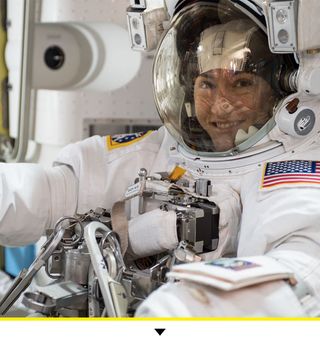
Astronaut Christina Koch is suited up in a U.S. spacesuit before beginning a seven hour and one minute spacewalk in October 2019 to upgrade the station’s large nickel-hydrogen batteries with newer lithium-ion batteries.
The first all-female spacewalk eventually happened in October with Koch and her new crewmate, Jessica Meir. Once the dust settled, NASA made a bold declaration that it would put the first woman on the moon in 2024, and unveiled the new Artemis Generation spacesuit she would wear. Then, Koch beat astronaut Peggy Whitson’s record for longest spaceflight by a woman, landing back on earth after 328 days on board the International Space Station. About a month before she landed, NASA announced its newest class of astronauts—the most women a graduating class has seen since 1978. In the next 50 years, we will remember this time as one that ignited a new wave of excitement for space travel. But unlike 1969, men weren't at the center of it.
As Team Marie Claire witnessed these accomplishments, our mission became clear: to explore the past, present, and future of women in the space program. Ahead, we examine how zero gravity impacts basic everyday functions (consider how one showers without running water) and why diversity is still such an issue—of the 350 astronauts in NASA's history, just six are Black women. We highlight some of NASA's coolest jobs (like rocketship driver and voice of the moon) done right here on Earth, and why this planet actually gets so much of the agency's attention, regardless of who's in the Oval Office. We hope it gives you a little escape from the current global public health crisis, and optimism for what's to come beyond it.
Sure, we may have grown up in a man’s world, but as we've learned reporting these stories, we’re living in a woman’s universe.
Explore each section:
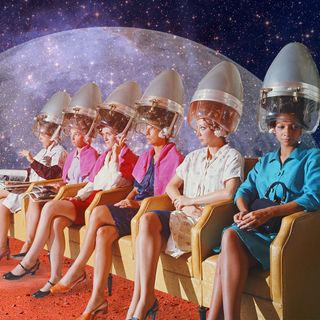
Male astronauts don't have to worry about skincare routines or menstruating.

Abby Harrison, Taylor Richardson, and Jessica Watkins are taking unique paths to reach the same goal. But for all three, their dreams of visiting the red planet will depend solely on NASA.
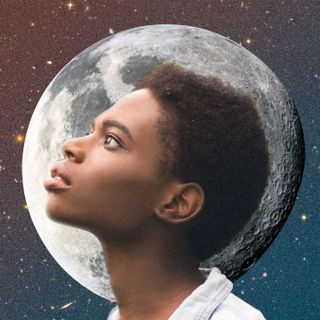
There are only 18 African-American astronauts in NASA history. A third of them are women. Here, we explore what’s stopping the space program from looking more like America.

NASA's spacesuit engineers take 'Marie Claire' inside the design process of the first spacesuit a woman will wear on the moon and Mars. Just don’t call it a female spacesuit.

America’s most beloved agency is dedicated to expanding what we know about mankind's impact on our own planet.
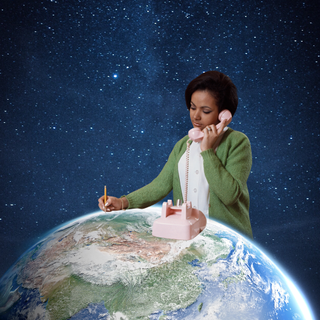
Um, how do I become a rocketship driver?
Notable Moments for Women in Space History
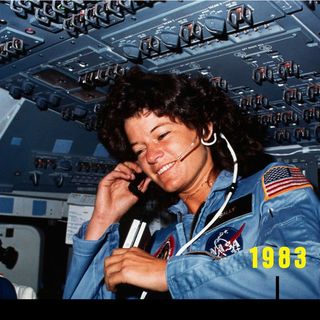
Sally Ride becomes the first American woman to enter space when she launched aboard the Space Shuttle Challenger.

Fourteen months after giving birth, astronaut Anna Lee Fisher is the first mother to travel to space.

Astronaut Mae Jemison becomes the first African American woman in space.
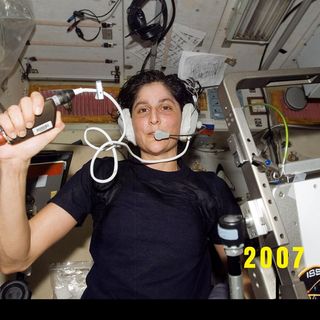
Astronaut Sunita Williams completes the Boston Marathon while aboard the International Space Station.

Christina Koch spends a record-breaking 328 days in space, completing the longest single spaceflight by a woman.
Stay In The Know
Marie Claire email subscribers get intel on fashion and beauty trends, hot-off-the-press celebrity news, and more. Sign up here.
Rachel Epstein is a writer, editor, and content strategist based in New York City. Most recently, she was the Managing Editor at Coveteur, where she oversaw the site’s day-to-day editorial operations. Previously, she was an editor at Marie Claire, where she wrote and edited culture, politics, and lifestyle stories ranging from op-eds to profiles to ambitious packages. She also launched and managed the site’s virtual book club, #ReadWithMC. Offline, she’s likely watching a Heat game or finding a new coffee shop.
-
 Does Katie Holmes Have a New Favorite Shoe Trend?
Does Katie Holmes Have a New Favorite Shoe Trend?She swapped her usual sneakers for $150 Mary Janes.
By Halie LeSavage Published
-
 Nicola Peltz Beckham Skipped Her Mother-in-Law Victoria Beckham’s 50th Birthday Party—But There’s a Reason
Nicola Peltz Beckham Skipped Her Mother-in-Law Victoria Beckham’s 50th Birthday Party—But There’s a ReasonThe nonexistent Nicola/Victoria feud continues to not exist.
By Rachel Burchfield Published
-
 Hugh Grant Is More Than Ready for the Next 'Bridget Jones' Movie
Hugh Grant Is More Than Ready for the Next 'Bridget Jones' MovieThe fourth movie might just be the best of the entire series.
By Meghan De Maria Published
-
 Can Guaranteed Income Help Americans Escape Poverty?
Can Guaranteed Income Help Americans Escape Poverty?Ciara McDonald, a single mother of three in Jackson, Mississippi, received $1,000 a month for a year. Here’s what happened.
By Katia Savchuk Published
-
 Could These Women Be the First to Walk on Mars?
Could These Women Be the First to Walk on Mars?Abby Harrison, Taylor Richardson, and Jessica Watkins are taking unique paths to reach the same goal. But for all three, their dreams of visiting the red planet will depend solely on NASA.
By Rachel Epstein Published
-
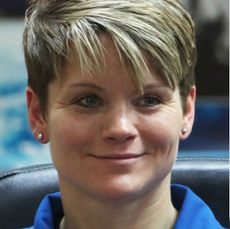 The First All-Female Spacewalk Was Canceled Because NASA's Spacesuits Aren't Made for Women
The First All-Female Spacewalk Was Canceled Because NASA's Spacesuits Aren't Made for WomenAstronauts Anne C. McClain and Christina H. Koch were planning to complete the first all-female spacewalk on March 29, 2019. However, NASA has been forced to replace McClain with a male colleague because there are no spacesuits available that fit her, thus canceling the all-female mission.
By Rachel Epstein Published
-
 L'Oréal Honors Mathematician Ingrid Daubechies for Her Contributions to the STEM Field
L'Oréal Honors Mathematician Ingrid Daubechies for Her Contributions to the STEM FieldL'Oréal Honors Mathematician Ingrid Daubechies for Her STEM Contributions
By Rachel Epstein Published
-
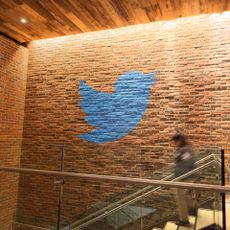 Hatched at Twitter
Hatched at TwitterBorrowing from the bro playbook, six former colleagues launch an angel investing plan to get in on Silicon Valley’s billions.
By Jo Piazza Published
-
 Meet Meteorologist Kait Parker: The Woman Debunking Fake News Surrounding Climate Change
Meet Meteorologist Kait Parker: The Woman Debunking Fake News Surrounding Climate ChangeYes, climate change is *real.* And Parker is fighting back on behalf of science.
By Ben Adler Published
-
 Amy Cuddy Responds to Claims That "Power Poses" May Not Work
Amy Cuddy Responds to Claims That "Power Poses" May Not WorkA co-author of the study that inspired the viral TED Talk now says the strategy might be bogus.
By Megan Friedman Published
-
 Is Community College the Key to Closing Tech's Gender Gap?
Is Community College the Key to Closing Tech's Gender Gap?It's no secret that STEM fields are largely male—even at the undergraduate level. But here, there's a surprising revolution taking place.
By Lane Florsheim Published